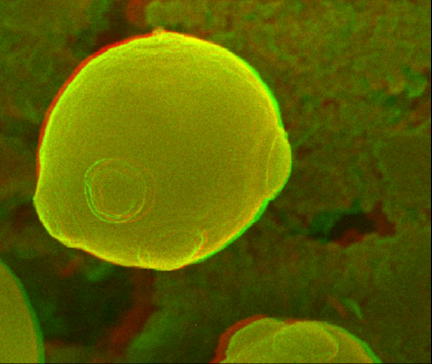Team:BrownTwo/Implementation/yeast
From 2008.igem.org
|
Saccharomyces cerevisiaeYeast is a well-characterized and relatively simple eukaryotic model organism, and it provides a number of advantages as a chassis for synthetic biology and our project in particular. Transcriptional modularityMany transcriptional regulation pathways have been characterized in yeast, and some have been shown to work in a modular fashion. The Sin3 repression domain and VP64 activation domain used in our transcription factors, for instance, have been shown to function when recombined with a variety of DNA-binding domains. Thus, we can utilize a library of recombinant factors that each utilize the same control mechanism while binding specifically to different operator sites. In this way, each element of our system can operate in a similar fashion while having a distinct role Genomic integrationIn yeast, it is a straightforward procedure to integrate assembled constructs directly into the genome via homologous recombination. In contrast to transformation with plasmid DNA, this approach affords precise control over the copy number of introduced fragments. Exactly one copy of an integrated construct recombines into a specific locus in the genome. In this way, we have exact control over the relative presence of different elements of our introduced network, giving its operation greater predictability and reliability. Additionally, genomic integration is more stable than plasmid transformation.
Eukaryotic expressionDue to the extensive compartmentalization seen in eukaryotic cells, transcription and translation occur within different locations of the cell. Transcription of precursor mRNA molecules takes places inside the nucleus. Additional modifications are made to the precursor mRNA before it leaves the nucleus, one of the most noteworthy being the splicing of introns or non-coding regions from the mRNA. It is the absence of a comparable system of modifications in prokaryotes that provides the first barrier to cloning many mammalian proteins in E. coli. |
 "
"
